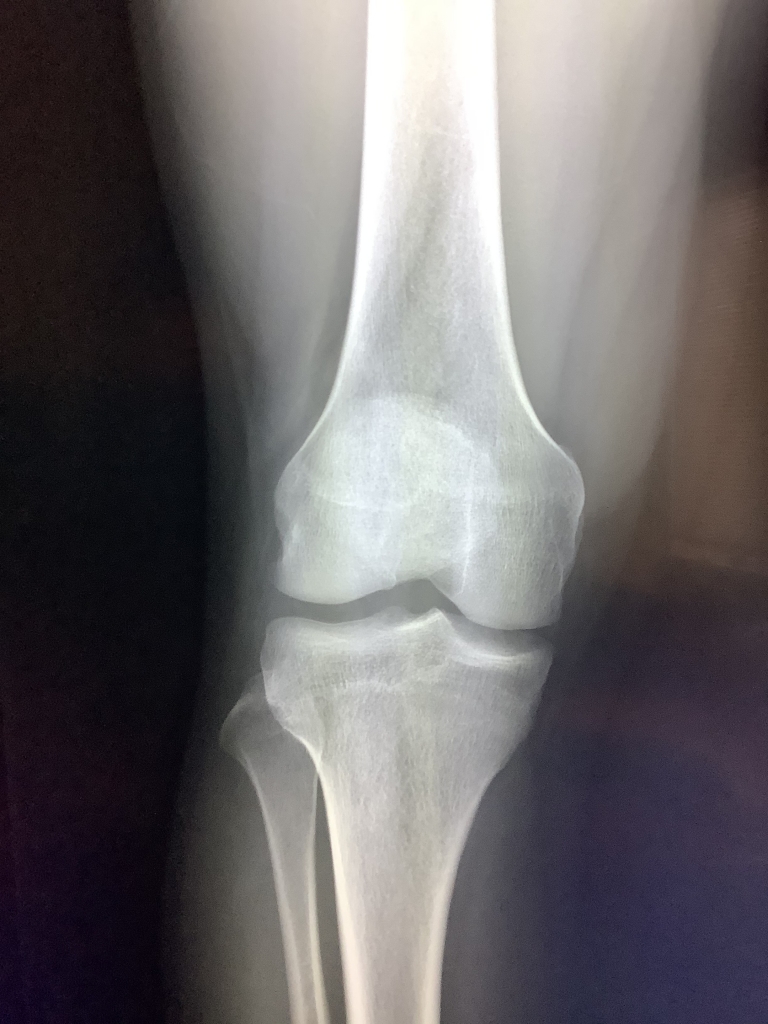What Does Benign Mean?
The term “benign” is widely used across various contexts, notably in health and medicine, and understanding its nuances can significantly impact one’s comprehension of medical diagnoses, reports, and general discussions. This article aims to discuss the term “benign,” exploring its meanings, implications, and its differentiation from similar terms.
What Does “Benign” Mean?
The word “benign” is derived from Latin origins, meaning “good” or “favorable.” In the simplest terms, benign refers to a condition, tumor, or growth that is not harmful in effect. In medical contexts, this term is most commonly used to describe tumors that do not have the ability to spread or invade neighboring tissues or organs, which means they are not cancerous.
Benign in Medical Contexts
When discussing health, understanding the difference between benign and malignant conditions is vital. Benign conditions are non-cancerous. They can still grow but do not spread to other parts of the body. This distinction is crucial when diagnosing tumors, as it helps determine the treatment plan and prognosis. For instance, a benign tumor in the brain might cause symptoms due to its size or location but doesn’t have the capacity to spread to other areas.
Characteristics of Benign Tumors
Benign tumors have several distinguishing characteristics:
– **Growth Rate**: They typically grow at a slower pace than malignant tumors.
– **Localization**: They remain localized and do not invade surrounding tissues.
– **Recurrence**: They are less likely to recur after removal.
– **Appearance**: Under a microscope, the cells of benign tumors often resemble normal cells.
Benign vs. Malignant
The distinction between benign and malignant is critical in the medical field. While benign tumors are non-cancerous and less likely to pose a significant health threat, malignant tumors are cancerous and can aggressively invade nearby tissues and organs, possibly spreading throughout the body (metastasize). This fundamental difference underscores the importance of medical diagnosis and interventions.
Benign Conditions Beyond Tumors
The term “benign” is not exclusively used to describe tumors. It can refer to any condition that is mild or not harmful in the long term. For example, benign prostatic hyperplasia (BPH) is a non-cancerous enlargement of the prostate gland commonly seen in older men and does not lead to prostate cancer. Similarly, benign positional vertigo is a mild condition that causes brief episodes of dizziness and is not life-threatening.
Diagnosis and Treatment of Benign Conditions
Diagnosing benign conditions involves various tests and evaluations, including physical exams, imaging tests like MRI or CT scans, and sometimes biopsy, where a small sample of the growth is examined under a microscope. Treatment for benign conditions varies depending on the location, size, and symptoms caused by the condition. Options may include monitoring the condition without immediate treatment, medication to manage symptoms, or surgery to remove the growth if it causes discomfort or disrupts normal functioning.
Imaging
1. X-rays: X-rays are one of the most familiar forms of imaging. They are often the first step in evaluating bone-related issues. While they can show the presence of a growth, further imaging is usually needed to confirm if a condition is benign.
2. Ultrasound: Ultrasound uses sound waves to produce images of the body’s internal organs. It’s particularly useful in examining conditions related to soft tissues, including the thyroid gland, breasts, and abdominal organs. Ultrasounds can help distinguish between solid tumors and cysts (fluid-filled growths), which are often benign.
3. Computed Tomography (CT) Scans: CT scans combine multiple X-ray images taken from different angles to create cross-sectional views of the body. They provide more detailed information than regular X-rays, making them valuable in examining complex areas like the chest, abdomen, and pelvis for benign tumors or masses.
4. Magnetic Resonance Imaging (MRI): MRI uses strong magnetic fields and radio waves to generate detailed images of the body’s organs and tissues. Its high-resolution capability is particularly beneficial in assessing soft tissue conditions and differentiating between benign and malignant growths, especially in the brain, spine, and joints.
5. Positron Emission Tomography (PET) Scans: While not as commonly used for benign conditions, PET scans can be combined with CT scans (PET-CT) to provide detailed images and metabolic information of tissues. This can be helpful in specific cases where the nature of a growth remains uncertain after other imaging tests.
Importance of Imaging in Management of Benign Conditions
Imaging tests are crucial not only in diagnosing benign conditions but also in guiding treatment decisions and monitoring response to treatment. For example, in the case of benign tumors, imaging can determine the exact size, location, and impact on surrounding tissues, which is vital for surgical planning. Furthermore, regular imaging follow-ups can monitor the growth’s behavior over time, ensuring any changes are promptly addressed.
Conclusion
The term “benign” plays a significant role in the medical field, providing a distinction between conditions that are non-cancerous and those that pose more serious health threats. Understanding this term and its implications in various contexts ensures that individuals are better informed about their health and medical conditions.

